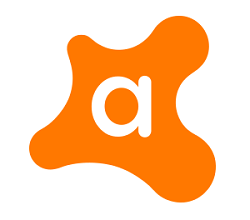What is one pass tillage?
What is one pass tillage?
One pass means less fuel, less labor, less tractor and equipment maintenance, and less time required for tillage. It not only lowers costs but leads to better crop yields due to less compaction.
What is combined tillage?
Combined tillage is the way in which two or more different tillage implements operates at the same time in order to manipulate the soil and reduce the number and time of field operations. It was envisaged that such an implement would affect considerable saving of time, fuel and energy.
What is horizontal tillage?
With horizontal tillage, usually about four to eight inches of topsoil is sheared off, broken up and laid over a previously cut surface. If the soil is moist, the process smears the soil between the tilled and the untilled layers.
What is primary and secondary tillage?
Primary tillage is usually conducted after the last harvest, when the soil is wet enough to allow plowing but also allows good traction. Secondary tillage is any subsequent tillage, to incorporate fertilizers, reduce the soil to a finer tilth, level the surface, or control weeds.
What is Rotary tillage?
(rototilling), the loosening and inverting of soil to a depth of 20–25 cm with a rotary plow. The soil is broken into pieces by blades or teeth attached to the disks of a rotating drum; it strikes the housing fenders and is broken into small pieces. The result is an even, well-loosened surface.
What is secondary tillage implements?
The implements used for secondary tillage operations are called secondary tillage implements they include different types of harrows, rollers and pulverizers, rotary tillers, tools for mulching and fallowing, cage wheels etc.. To destroy grasses and weed seeds in the field.
One pass means less fuel, less labor, less tractor and equipment maintenance, and less time required for tillage. It not only lowers costs but leads to better crop yields due to less compaction.
Can strip-till produce yields similar to conventional tillage systems?
These data showed reduced tillage systems like strip-till can produce yields similar to conventional tillage systems like chisel plow, while maintaining adequate residue cover and reducing the risk of soil erosion. Plus sign (+) if content is closed, ‘X’ if content is open.
What is the difference between model 4000 and model 2000 tillage?
The Model 2000 offers true one-pass tillage on a narrower scale than the Model 4000. With a 12-ft working width and seven rows of implements, the Model 2000 can work in open fields or early-age orchards, condensing 2-10 tillage passes into one pass.
What is a no tillage system?
1. No tillage (No-till) No-till systems leave the greatest amount of residue cover on the soil surface and provide the greatest erosion control (Figure 2). Fertilizers may be broadcast in no-till systems, but band applications at or after planting are preferred.



